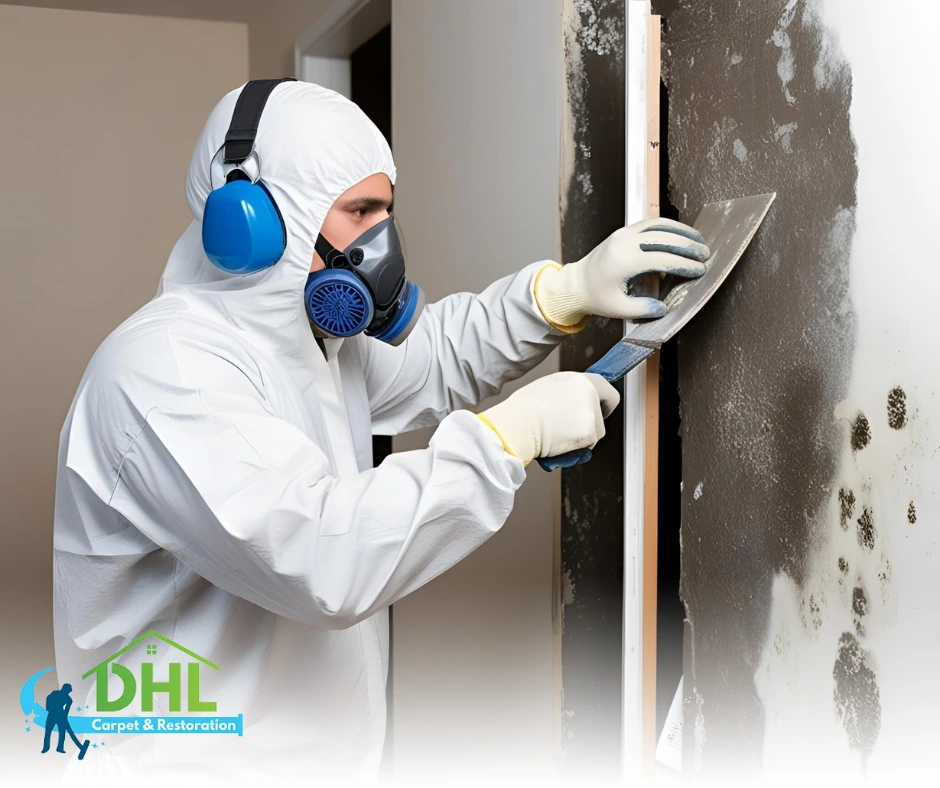Mold spores are always present in the air, but they don’t become a problem until the environment invites them to grow. Two of the most influential factors in mold development are humidity and temperature. When both are elevated, spores activate quickly and begin to colonize, often in hidden areas. Understanding how these conditions trigger mold growth is essential—and taking control of them is where Mold Remediation becomes a crucial part of long-term indoor protection.
How Climate Conditions Affect Mold Activity
Indoor mold doesn’t need much to thrive—just moisture, warmth, and a food source like drywall, wood, or insulation. When relative humidity rises above 60%, especially in enclosed areas with limited airflow, spores shift from dormant particles into active mold colonies. Temperature plays a critical role in this transformation. Most species of mold grow rapidly in temperatures between 70°F and 90°F, which just happens to be the range we often maintain indoors.
Poorly ventilated spaces like attics, basements, and crawlspaces can trap heat and moisture, making them ideal breeding grounds. During summer months or after water damage incidents, the risk increases substantially. Even appliances like dryers or dishwashers can introduce humidity into the air if not properly vented. The combination of warmth and dampness accelerates spore activation and leads to silent infestations that spread before they’re detected.
How Mold Remediation Responds to Environmental Triggers
Effective Mold Remediation doesn’t just remove colonies—it tackles the climate conditions that allowed them to grow. The first step is identifying moisture sources and hidden humidity pockets using advanced detection tools. From there, remediation experts isolate the affected area, eliminate mold using HEPA filtration and antimicrobial treatments, and thoroughly dry the environment to stop spores from reactivating.
But the process doesn’t end with removal. Professionals also recommend environmental adjustments like dehumidifier installation, improved airflow systems, and repairs to leaks or insulation that contribute to excess moisture. Without these measures, mold is likely to return—even after a successful cleanup. That’s why remediation isn’t just reactive; it’s preventive. It breaks the cycle and creates conditions where mold can’t take hold again.
Maintaining a Climate That Resists Mold
After remediation, controlling indoor humidity and temperature is essential. Keeping humidity levels between 30% and 50% reduces the chance of spore activation. Regularly servicing HVAC systems, using exhaust fans in moisture-prone rooms, and sealing structural gaps where moisture can enter will help maintain a stable indoor climate. These small changes make a significant difference in long-term mold prevention.
Mold spores may be invisible, but the conditions that encourage them are very real—and manageable. By addressing temperature and humidity from the start, you can dramatically reduce the chances of an infestation. And if mold has already begun to spread, professional Mold Remediation ensures that both the damage and the cause are fully resolved. It’s a solution that restores your property and safeguards it against the return of unwanted growth.
Learn more about mold remediation:
The Hidden Dangers of Mold Spore Colonization and Remediation Best Practices

